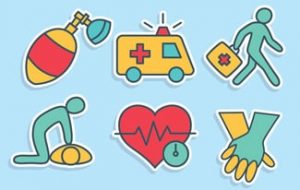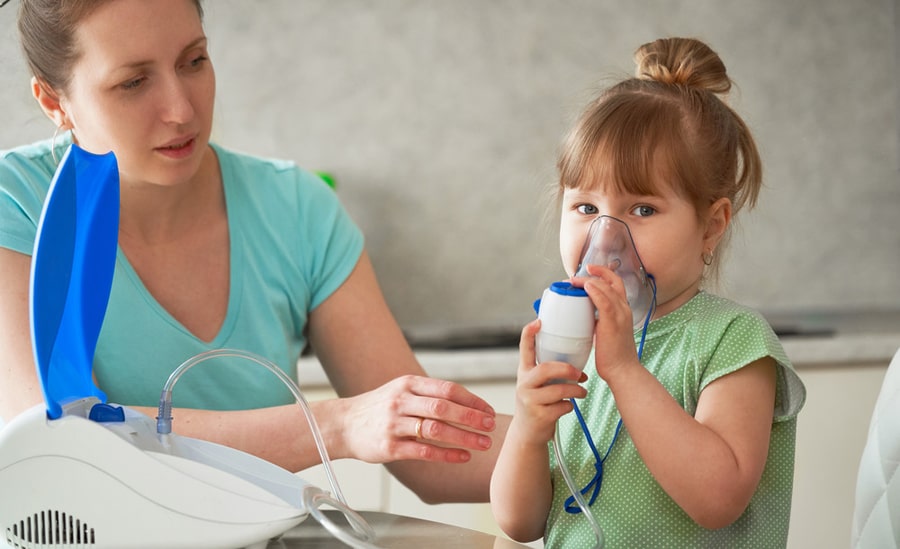First aid
 Everyone should know how to give first aid to someone who needs it. We are not talking about a full medical understanding of certain difficulties associated with various types of diseases.
Everyone should know how to give first aid to someone who needs it. We are not talking about a full medical understanding of certain difficulties associated with various types of diseases.
But with the most common types of symptoms of diseases, injuries, burns and other injuries, it is simply necessary to be able to provide first aid.
First aid
We bring to your attention a brief guide from the field of medicine. With simple instructions and graphic images, it will be easy for you to remember how to help someone who is on the verge of life and death.
Of course, after one reading, it will be difficult for you to remember all the nuances. After all, first aid has its own specifics.
However, rereading this post at least once in a certain period of time, we can confidently say that you will be a trained rescuer in all the cases described below.
If you are not reading this article for educational purposes, but in order to take advantage of advice in specific circumstances, use the table of contents to quickly jump to the desired item.
First aid
First aid is the only way you can help someone in need. We, as in all textbooks, give standard cases as examples.
An educated individual simply must know these rules without fail.
General questions about bleeding
If a person looks pale, feels chills and dizzy, what is it?
This means that he is immersed in a state of shock. Call an ambulance immediately.
Is it possible to become infected with some kind of infection through contact with the blood of a patient?
If possible, it is better to avoid such contact. It is advisable to use medical gloves, plastic bags, or ask the victim, if possible, to clamp his own wound.
Should I clean the wound?
You can rinse with minor cuts and abrasions. In the case of severe bleeding, this should not be done, since washing off the clotted blood will only increase the bleeding.
What to do if there is a foreign object inside the wound?
Do not remove it from the wound, as this will aggravate the situation. Instead, apply a tight bandage around the subject.
Dislocations and sprains
How to identify dislocations or sprains? First, the patient feels pain. Second, there is swelling (bruising) around the joint or along the muscle. If the joint is injured, it will be difficult to move.
Provide rest and convince the patient not to move the injured part. Also, do not try to straighten it yourself.
Apply an ice pack wrapped in a towel to the injured area for no more than 20 minutes.
Do not attempt to correct the dislocation yourself.
At the slightest suspicion of a closed fracture, consider that the patient does indeed have a fracture (see the Fractures section). In this case, an x-ray is required without fail.
Give the victim pain medication if needed.
Contact the trauma center to get an x-ray. If the patient is unable to walk at all, or if the pain is too severe, seek medical attention.
First aid for burns
First, cool the burnt area under running cold water for at least 10 minutes.
Next, apply a sterile and loose bandage to the burn site. If the burn area is too large, cover it with a clean cloth (for example, a sheet) and call an ambulance.
Always call for medical help if a child has been burned. Especially if the burnt area is covered with blisters or internal tissues are visible to the naked eye.
Do not touch anything that is stuck to the burnt area. In no case do not lubricate the burn with oil, as it retains heat, and this will only bring harm.
Do not use ice to cool the burn as it can damage the skin.
Heart attack
How to determine a heart attack? First of all, it is accompanied by pressing pain behind the sternum. Point discomfort is felt in the arms, neck, jaw, back or abdomen.
Breathing becomes frequent and intermittent, and the heartbeat is rapid and not rhythmic. In addition, there is a weak and rapid pulse in the limbs, cold and profuse sweat, nausea, and sometimes vomiting.
Urgently call an ambulance, as the minutes go by.




